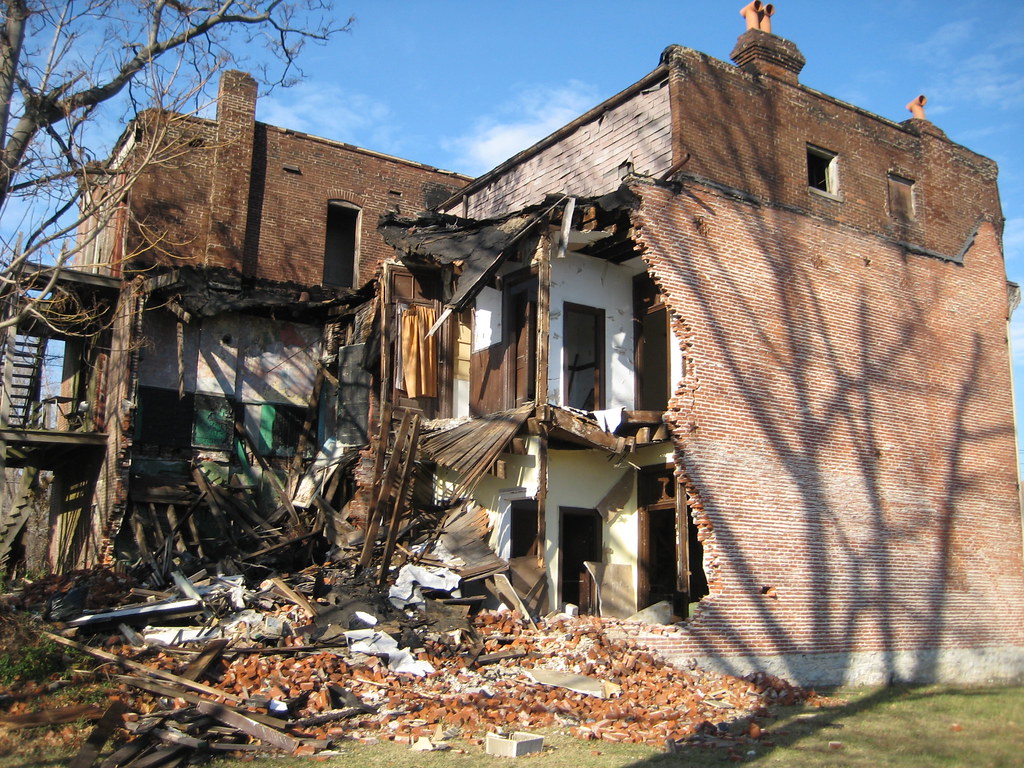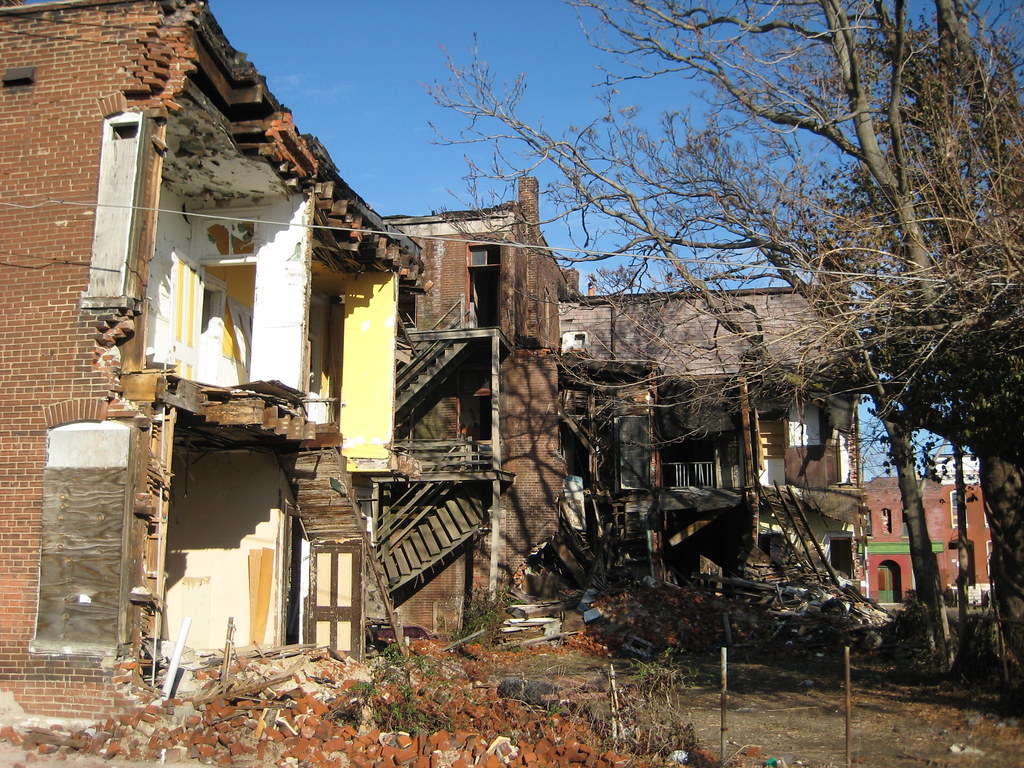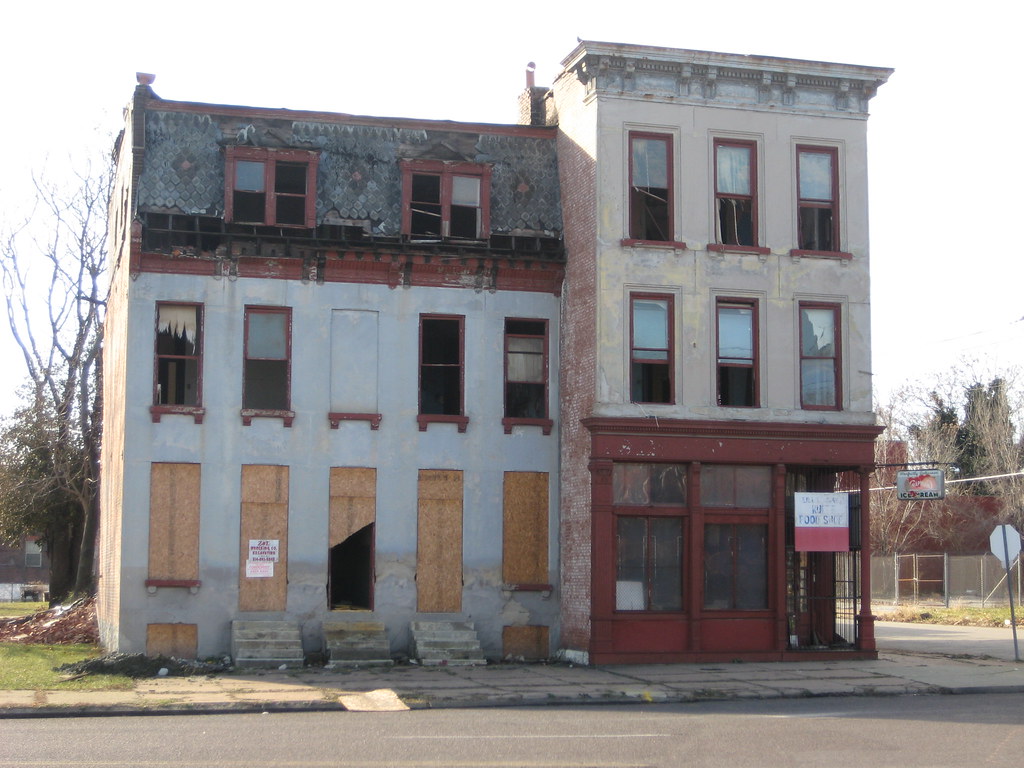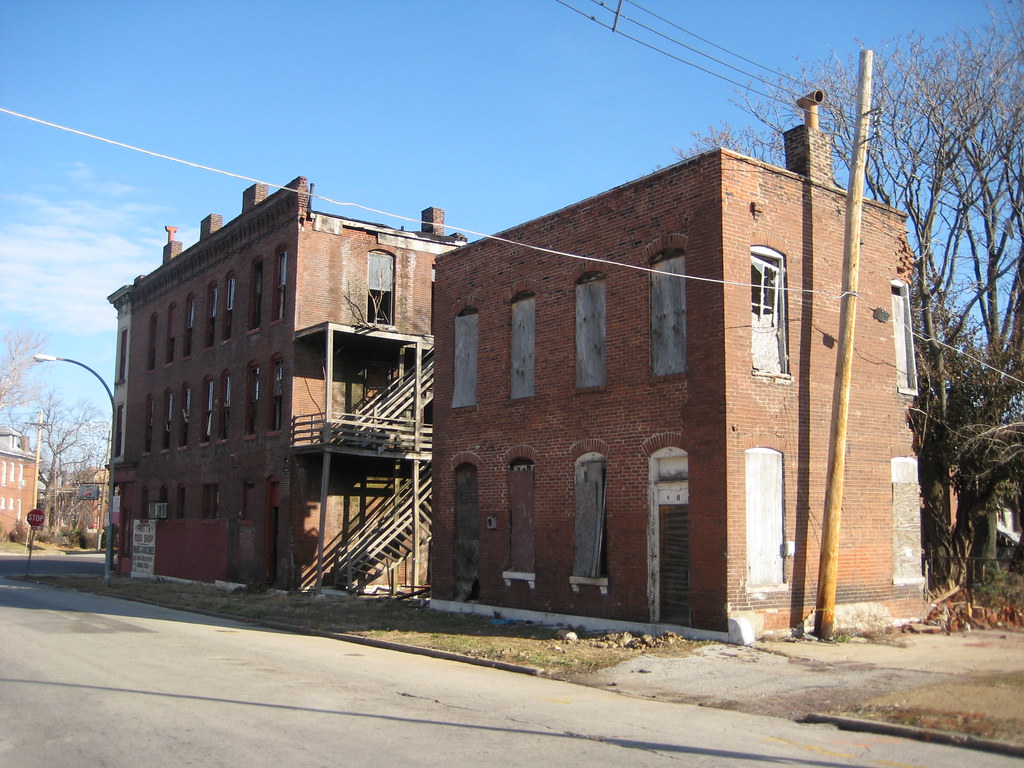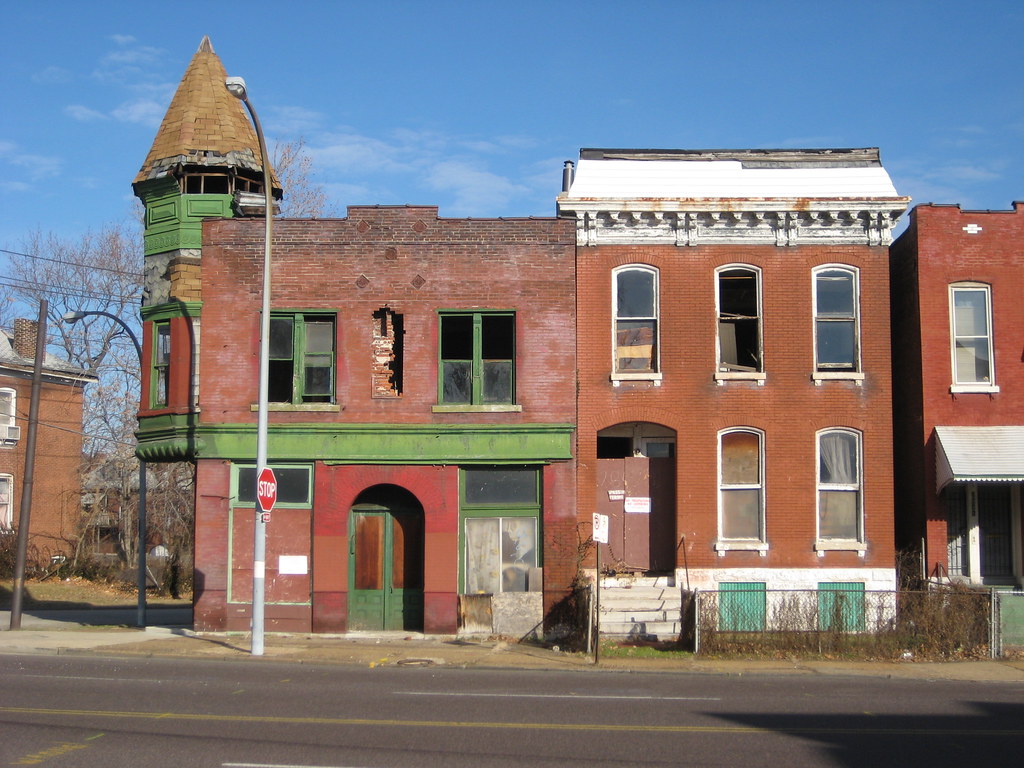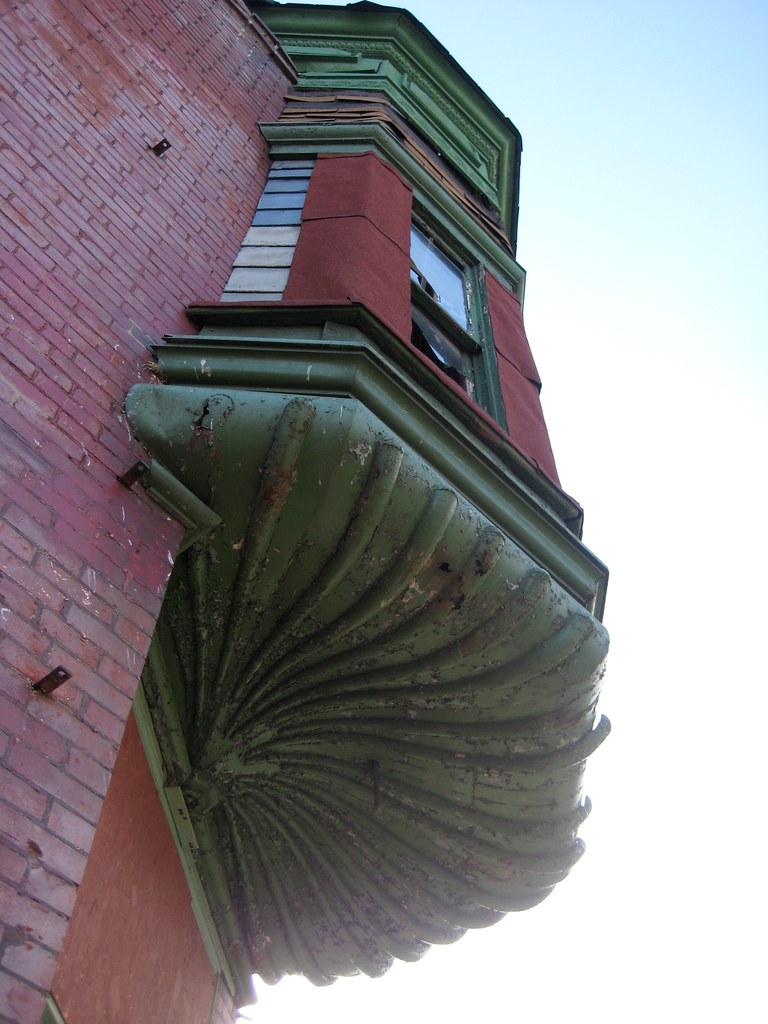 1929 Photo of CID from the Bernard Becker Medical Library site
1929 Photo of CID from the Bernard Becker Medical Library site Shriners Hospital Building
Shriners Hospital BuildingAlderman Joe Roddy has introduced Board Bill #443 which if approved would adopt a new "Community Unit Plan" for the Washington University Medical Center. A Community Unit Plan is a zoning overlay plan that allows development flexibility that otherwise would not be possible under the current single use zoning districts. The bill was first read on January 11th, and will be heard at a meeting of the Housing, Urban Development and Zoning Committee on Wednesday January 30th at 10:00 am. The agenda has nine board bills to be heard in the one hour meeting.

The new plan outlines development of the medical center over the next 10 year from new construction, demolition, to an overall parking plan. Among a long list of items is the proposed possible demolition of both the Central Institute for the Deaf building at the southeast corner of Euclid and Clayton Avenues, and the Shriners Hospital building at the northeast corner of the same intersection.
The plan shows demolition of over a dozen buildings. Arguably the most architecturally significant of these are the Shriners and CID buildings. The Shriner's Hospital for Crippled Children was built in 1922, and the Central Institute for the Deaf in 1929. Both were designed by architect William B. Ittner and executed in variations of the Mediterranean revival style that was popular at that time for institutional buildings. While both buildings may be in need of some renovation, both are clearly in great condition and have been well maintained over the years. Demolition of such buildings of this merit would be inexcusable.
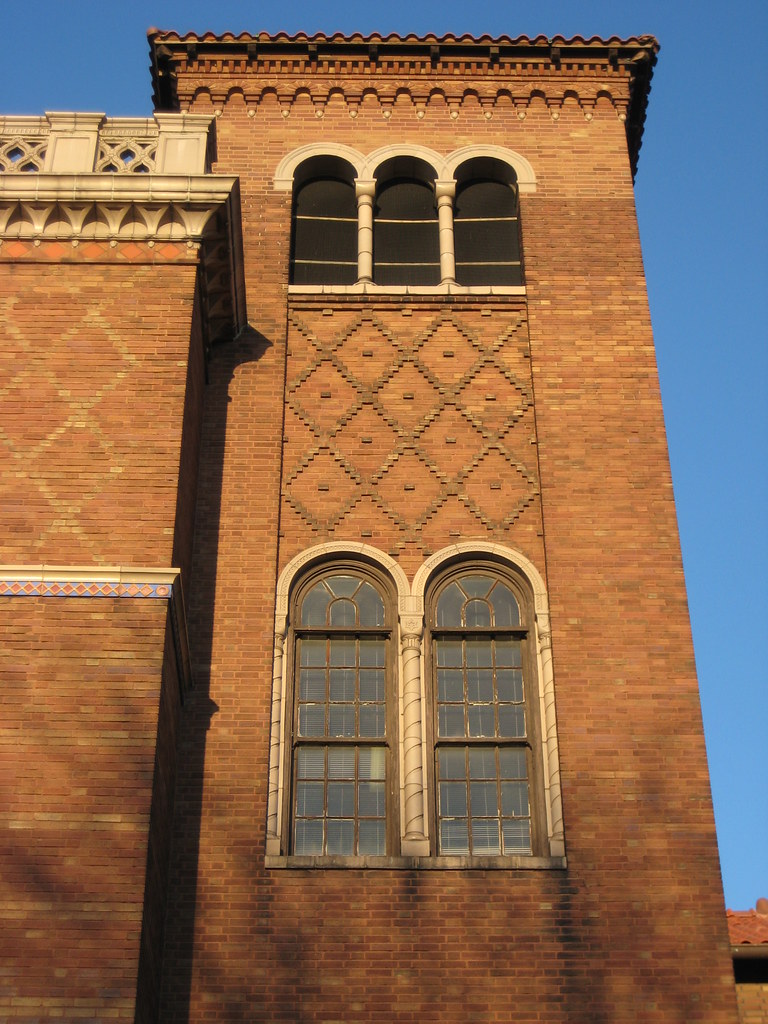
The plan describes dozens of changes contemplated across the medical campus. For Shriners it states "Planning is under way to either demolish or renovate the old Shriner's Hospital at the corner of Euclid and Clayton Avenues" and for CID "Plans to renovate the 818 S. Euclid building are being reviewed at this time to determine the most efficient use for the building, or its demolition".



